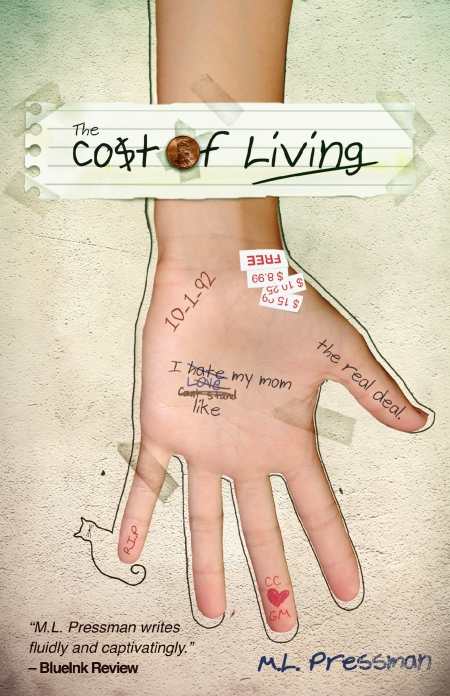The Cost of Living
Sad, disturbing, sometimes humorous, this fictional memoir of a hoarder’s daughter is painfully realistic.
Written in the style of a daughter’s first-person memoir about her difficult relationship with her mother, The Cost of Living tells a series of stories about their experiences together over the course of about thirty years. The mother, Jean Kurchowski, is a hoarder and penny-pincher, while the daughter, Caroline, is constantly embarrassed and annoyed by her single mother’s strange habits. The book is a solid character study, with situations that remain believable even as the circumstances become unusual.
Jean is a strong character, with distinct dialogue and her own gradually revealing backstory, and the details of her hoarding are painfully realistic. She crams her multiple refrigerators full of more food than she can ever use because she got a good deal on it, refusing to throw away food no matter how moldy it becomes. She buys clothes on sale at one store and drives to another to return them for a small profit. She covers her yard in a pile of wood chips only because someone else was going to throw them away.
Several of the stories by M. L. Pressman are genuinely sad and disturbing. One of the book’s most moving chapters describes every pet Caroline ever had and how, one by one, they died prematurely because of her mother’s neglect. Another shows how Jean’s worst tendencies conflict with her doctors during her treatment for breast cancer. But she isn’t a one-dimensional character—other stories show her as fiercely protective of her daughter, a lonely woman in need of companionship, and the child of an overbearing and outright mean mother.
The character of Caroline is more problematic. Her constant concern about being embarrassed by her mother becomes repetitive, especially as she moves into adulthood and should understand the seriousness of her mother’s illness. The narration sometimes tells what has already been shown, when, for example, good anecdotes are followed by unneeded reactions that read like the explanation of a joke and undermine the impact of the story being told. The humor in the narration often comes across as snide and bratty rather than funny, especially when the story moves to sadder, darker places, and when the narrator is no longer looking back at herself as a child.
The best Caroline stories are those showing her interaction with characters other than Jean. For example, when she learns of her birth father’s whereabouts and enlists her friends to help track him down, Caroline’s expectations and thorough planning for the encounter give way to the tragic revelation of a truly underwhelming father figure, but it also gives her more reason to see Jean’s good qualities along with her craziness.
In its best moments, The Cost of Living is a sad, touching account of being raised by a hoarder and the consequences of that experience later in life.
Reviewed by
Jeff Fleischer
Disclosure: This article is not an endorsement, but a review. The publisher of this book provided free copies of the book and paid a small fee to have their book reviewed by a professional reviewer. Foreword Reviews and Clarion Reviews make no guarantee that the publisher will receive a positive review. Foreword Magazine, Inc. is disclosing this in accordance with the Federal Trade Commission’s 16 CFR, Part 255.

